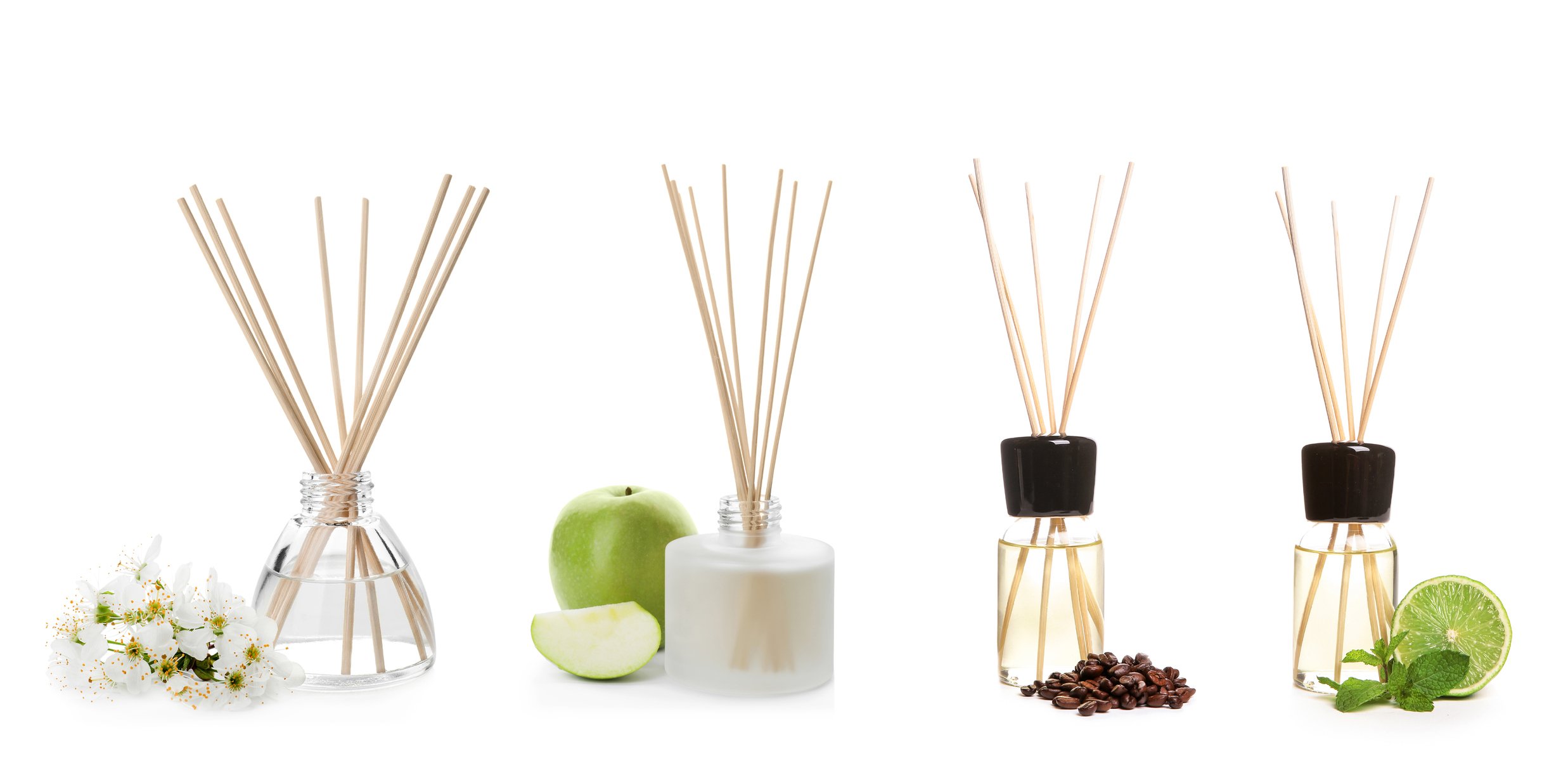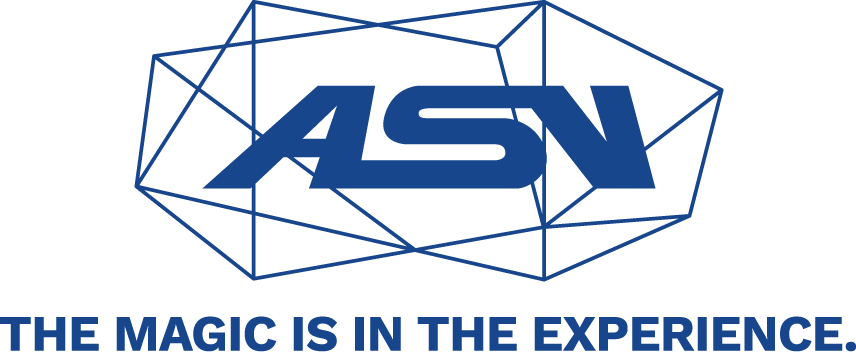Your brand has a tone, a personality, and maybe even a sound (think of the iPhone's "swoosh").
Now, all it needs is a smell.
If the idea of a branded aroma seems offbeat, you're probably not familiar with the scent marketing niche. However, you can be sure that more companies will embrace the power of nose-friendly branding, especially as the martech and scent technology marketing industries grow.

The Nose Knows: The Rise of Scent Marketing Strategy
Why are marketers delving deeper into scents? It's a natural progression toward deeper consumer-company engagement and involvement.
Humans are hardwired to connect smells with memory creation, retention, and recall. Hence, a whiff of buttery popcorn reminds you of crowded movie theaters. And a quick waft of freshly baked sugar cookies? It takes you right back to your grandmother's kitchen table. These lasting impressions linger in your brain, combining to form mental and emotional connections.
How effective is sensory marketing? Companies are discovering that appealing to the sense of smell can create more immersive and memorable brand experiences. This approach is increasingly recognized as a powerful tool in building lasting customer relationships.
Indeed, some companies have been employing basic scent marketing strategies for years.
Examples include spas releasing soothing lavender essence to promote relaxation, or soaps bursting with energetic pine and citrus scents. The intent? To encourage consumers to form attachments with the business or product, continue making purchases, and consistently choose your company as their "go-to."
Today, scent marketing isn't as limited and can be explored by a broader range of companies, thanks to advancements in scent marketing technology, including virtual reality (VR) and augmented reality (AR) solutions.
For instance, in 2022, San Francisco's Museum of Craft and Design offered a unique olfactory art exhibit titled "Living with Scents." This installation allowed museum guests to explore art from perspectives beyond the visual, tactile, or auditory. If not for COVID-19, this innovative exhibit would have combined a VR headset with curated scents released through digitally programmed cues.
Similarly, the Netherlands' Rijksmuseum took an innovative approach a few years earlier. In 2020, the museum gave visitors the chance to "smell" what a famous painting of war depicted by releasing "heritage scents" near the painting. While it wasn't an immersive VR experience, it had a similar effect.
Incorporating Smell Into Your Brand’s Marketing
Are you excited about the idea of diving into scent technology marketing for either a product or your whole company's ethos? You're not alone. Just stop by a Starbucks or Cinnabon, and you'll see that corporations far and wide are attempting to snag marketing wins by appealing to the noses of their target audiences. However, scent marketing can be tricky to nail down. After all, what one person finds a sweet odor might be a turnoff to another.
To give yourself the best chance of successfully using scents as part of your marketing strategy, keep the following advice in mind.
- Understand what’s been tried and tested.
The best way to start your approach to digital scent technology applications is to consider what has been done before. Take the movie "Polyester," for instance. It was a big deal in the 1980s and became a cult film. Filmgoers received scratch-and-sniff cards to use while watching. Each scent was assigned a number. When the number flashed on the screen, viewers scratched and sniffed the corresponding odor.
While the "Smell-O-Vision" experiment didn't take off, it served as an introduction to the scent marketplace. Knowing more about the historical context of scent marketing can fuel your creativity and open your eyes (and nostrils!) to what's possible.
- Learn more about scent-adjacent technologies coming out.
We were very excited when we heard about a new VR headset product from OVR Technology. The product is a scent cartridge that attaches to the headset and can deliver a variety of scents to the wearer. As the wearer moves a scented object (like a flower) closer, the smell becomes more intense. This enhances realism by matching the content within the VR environment with a known smell.
Your team can utilize emerging technologies like this during any marketing event or activation. For example, a timely, accurate scent distribution as part of a VR-enhanced pop-up could encourage and inspire consumers to retain the memory of the experience. This action could then foster a desire to purchase your product immediately and again later, when they encounter the same scent.
- Approve each branded scent after thoughtful consideration.
Again, having a partner to work with is vital if you're selecting and approving brand scents. Take, for instance, one of the rides at Disney’s California Adventure Park called “Soarin’ Over California,” which featured a hang glider simulation on a giant screen. While flying over orange orchards, an orange scent was sprayed within the room. You can bet that the exact formula was thoughtfully designed to have the freshest, most pleasant aroma.
An effective way to start thinking about which smells would make sense for your scent marketing is to begin with a strategy that identifies your preferred objectives. Then, work backward to develop a fragrance selection that brings those goals to life. For instance, if you offered a training course for aspiring sommeliers, you might want to incorporate wine scents into an immersive VR experience to elevate the session based on the results you'd like to achieve (e.g., receiving excellent reviews and attracting more trainees to register).
We're just beginning to explore the possibilities of merging martech and scent marketing. VR and AR offer plenty of opportunities for organizations to leverage the psychological mechanisms that form bonds between smell, memory, and behavior. Now is the time to start experimenting with how you can make your marketing experiences more memorable with scent.







